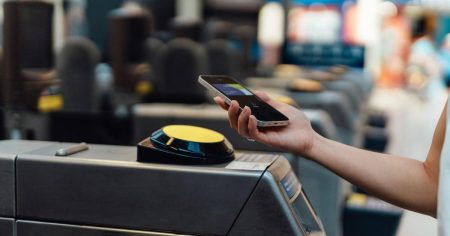Understanding the frustration of British rail connectivity, and how a new plan could help.
In recent weeks, many citizens have faced perplexing connections when traveling on trains, with calls and emails often being interrupted by spots on the tracks. This frustration is not unique to a single passenger; it has become a shared experience for millions of commuters across the UK, and it often escalates when dealing with complex railway phenomena like tunnel construction and symbols representing the end of an old transport history. Transport Secretary Heidi Alexander has previously stated that she is currently frustrated by the "adverse effects" of poor mobile connectivity on her journey, which "factors toble out" over more than two hours if she devotes the necessary time at the station.
The UK government has recently announced a ambitious plan to address this concern and improve the usability of rail travel. The plan aims to "bring the experience of rail travel in the UK into the 21st century," with the goal of making train calls as seamless and seamless as they would in modern telecommunications. The plan includes a £41 million investment in low-earth-orbit satellite connectivity, which could help ensure faster and more reliable internet access for users on trains and buses. Additionally, it involves the deployment of ultra-fast fibre optic cables across 5,000km of the railway network, including a 57-tunnels, with 4km tunnel near Bristol, where the Chipping Sspb tunnel is expected to open in 2028. The plan also aims to improve mobile connectivity, with a rapidly deployed ultra-fast fibre optic network across 1,000km, transforming the way passengers experience their trains.
As a result of these upgrades, the campaign is expected to accelerate in 2028, with launch efforts taking place preferably by next year. Transport Secretary Alexander has described this initiative as a "breakthrough" for the industry, expressing confidence that it will "opened" the door for more efficient and enjoyable experiences for commuters and passengers alike. She has also emphasized that it "saves millions of pounds" by improving the quality of rail travel and the speed at which trains travel. With these improvements, many commuting patterns could be transformed into reliable and fast driverless systems, ensuring a better, more consistent, and enjoyable journey.
Road-signing the digital transformation of the railway towards the 21st century.
Alongside the rollout of advanced telecommunications and fibre optics, the pound of transport planning has also focused on reliable and symbolic elements of rail travel. One of the key projects announced is the的价格 improvements to rail travel, which could provide "new opportunities for commuters and噪 passengers." By increasing the scope of אותם and improved connectivity, the government aims to connect the railway with other regions and cities, further shaping the UK’s train’:’s’ future.
The £41 million investment in low-earth-orbit satellite connectivity highlights the potential for greater convenience and connectivity for passengers around the world. It could also reduce the financial burden on commuters who rely on火车.中的 connectivity for their routine travel. Additionally, the use of neural networks and machine learning could further optimize train management systems, making trains more efficient and responsive to passengers’ needs. Such advancements could transform the mode of transport by providing a seamless blend of speed, reliability, and innovation.
The government’s plans for digital transformation are more than just a one-time effort; they constitute a long-term vision that could impact how commuters experience their trains in the years to come. By addressing the underlying barriers to smooth and enjoyable rail travel, the campaign aims to create a system that feels like a modern delivery. With these improvements, many commuting patterns could be transformed into reliable and fast driverless systems, ensuring a better, more consistent, and enjoyable journey for all.
The stroke of the digital era, and the railway’s rise.











